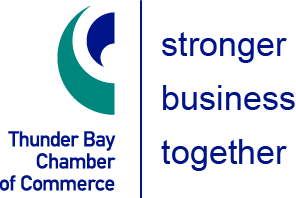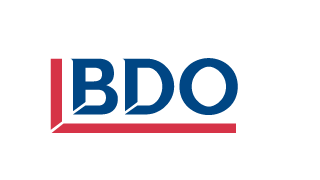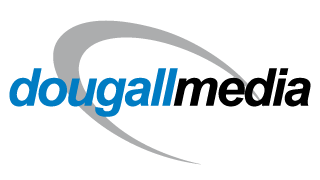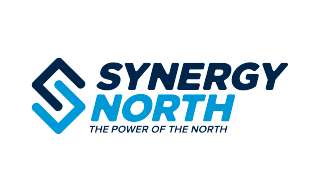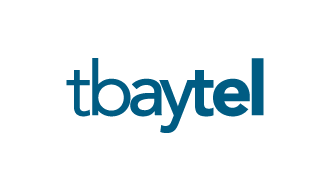Dear Premier Ford,
Re: Reform of COVID-19 Operating Restrictions Framework: A Responsible Business Protocol
We appreciate the responsiveness of your government in combatting this pandemic and your understanding of the damaging toll it is taking on Ontario’s business community. Forecasts of rising business bankruptcies, supplier, and bank delinquencies due to operating restrictions imposed by the current lockdown framework are alarming. Although we are optimistic about the vaccine rollout, our business communities also know that many months of safety protocols and operating restrictions are before us. Given the long-term forecast, now is the time to revisit and refine the regional operating restrictions framework to ensure it keeps Ontarians safe, builds business confidence and does not unduly harm our economy.
The current framework is often referred to as a blunt tool because of its geographic, rather than business-specific, approach. It also does not address what many public health units recognize as a bigger spread issue – community contact reduction. In January 2021, the Brampton Board of Trade recommended the creation of a” “Responsible Business Protocol”. This approach refines the current colour-code system, calls for better definitions of safe operating protocols by sector, and recommends adding a community contact reduction framework to better address pandemic spread. Most importantly, the recommended Responsible Business Protocol puts the onus on businesses to adhere to a common safe operating framework which allows them to remain open.
Led by the Peterborough and Thunder Bay Chambers of Commerce, several business communities throughout the province have reviewed and recommended this protocol. In essence, it is a solution that simplifies understanding of rules by sector, addresses community contact reduction and most importantly, minimizes damage to our economy while fighting the spread of COVID-19.
At the heart of the protocol is the understanding that compliance with safety standards is an integral part of running a business. It impacts every size and sector, from retail and restaurants to construction and manufacturing. The primary reason Ontario businesses are leaders in workplace safety is to protect their employees and customers. Compliance with regulations that continue to evolve is taken seriously. Businesses are accustomed to having their ability to operate depend on their compliance with current safety standards.
Businesses in Ontario follow the Occupational Health and Safety Act closely or face penalties that can include jail time and fines. Businesses feel that it is fundamentally unfair that their operations are required to shut down or forced to significantly change their service model not because of their adherence to safety protocols, but because of the products they sell or the services they offer. This shuts down some businesses while allowing others to operate with very few restrictions.
Today, we are requesting that the Ontario government establish a Responsible Business Protocol that includes the following elements:
- A Safe Operating Framework (by business sector) – The framework should advise business owners on operating guidelines for their establishment (restaurant/hair salon/gym, etc) in order to protect their staff and clients from COVID-19 exposure.
- Example/Idea: In a barber shop, for example, our position is that regardless of how many chairs in the shop, consistent operating safety protocols (ie. spacing of chairs/plexi-dividers) can be established and all businesses would then be treated equitably. The issue of capacity at which they would be allowed to operate is guided by the Community Contact Reduction Framework described in point #2.Once a safe operating framework has been established by Ontario for each sector, the safety measures for each business should not vary based on what product you sell, geographic area or establishment size etc. This framework differs from the current one in that Ontarians can take comfort in knowing that the key issue is not business safety, but community contact.
- A Community Contact Reduction Framework (based on regional virus spread). As the cases rise in a particular region, the government should enforce reduction in community contacts. We know it is not the business itself that becomes less safe, it is the contact between community members that is less safe.As such, we recommend that the new protocol establishes a framework that identifies how individual contacts must be reduced and would outline capacity restrictions, across the board, for public-facing businesses.
- Example/Idea: In the Green level, for example, all public facing businesses would operate at 100% customer capacity (because they are already implementing safe operating protocols as per point #1) and as the case level rises in that region, capacity is reduced by 20% (for example, yellow = 80%, Orange = 60%, Red = 40%, Grey (current) = 25%). This allows more businesses to stay open and changes the message to the community.
Essentially the message to Ontarians is that these operating restrictions are about the community’s actions to reduce their own contacts rather than the current messaging, which unfairly closes or restricts trade for small businesses.
The Responsible Business Protocol, together with a safe operating framework by sector and community contact reduction framework, fairly applied across the board (ie both at national big-box and local retail stores) is a much better way to combat COVID, build consumer and business confidence, and not unduly harm the economy.
We welcome an opportunity to discuss this matter further at your earliest convenience.
